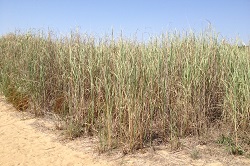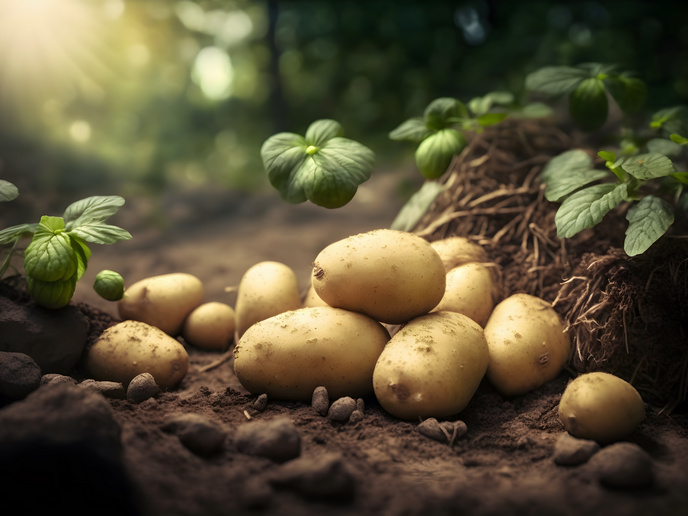Seeing bio-product potential in perennial grasses
When facing such enormous problems as climate change, the depletion of traditional fuel resources and the erosion of our fertile top soil, it would be easy to forgive scientists for overlooking grass as a possible solution. But while others looked for ‘big solutions’, the EU-funded OPTIMA project found inspiration in the grasses of the Mediterranean region. Researchers began by comparing the growing conditions and environmental impact of different perennial grasses against those of annual and woody species. What they discovered is that high yielding perennial grasses can lead to more energy production than annual or woody species. More so, these grasses have the added bonus of working as carbon sinks and filter systems that remove pollutants from water and soil. ‘Compared to traditional row crops, perennial grasses generally require lower levels of fertilisers, do not need pesticides or herbicides and provide benefits in terms of soil structure and biodiversity,’ says project coordinator Salvatore L. Cosentino from the University of Catania. ‘Thus, as the plants are made up from the carbon dioxide in the atmosphere, using dedicated plants for energy and biofuel production is one of the most efficient paths to reducing greenhouse gases.’ Maximising marginal lands One of the project’s key objectives was to develop new markets for biofuels and plant-derived bio-products. However, to do so researchers first had to overcome the fact that the production of bio-fuels oftentimes does more harm than good. This is because biofuels have traditionally been produced from such agricultural crops as corn, sugarcane, rapeseed and palm oil – crops that cause prime farmland to be diverted away from food production. The OPTIMA project overcame this challenge by harvesting grass as a means for creating new plant-derived bio-products. ‘Growing perennial grasses on marginal or degraded lands means there is less competition with existing food crops, thus avoiding concerns about the crops they might replace,’ says Cosentino. As a result, the project is expected to directly lead to new sources of income and employment in rural areas, along with establishing new options for maximising the use of marginal lands. The next generation of grasses Even with this initial success, additional challenges remain. For example, breeding perennial grasses can be extremely demanding as many species do not produce viable seeds and require significant – and expensive – irrigation. Furthermore, biomass yields from grasses planted on marginal lands are lower than what can be achieved in ‘good’ agricultural soil. That being said, the OPTIMA project is turning to such genetic technologies as Next Generation Sequencing as a way of creating hybrid grasses that are more resistant to heat, water and salt. Researchers have also demonstrated that some of these next-generation perennial grasses can grow relatively well in heavy metal-contaminated soil and are tolerant to drought, high-saline, cold and frost conditions. ‘When developed, these grasses could offer a range of benefits, and we are continuing to find new ways to get the most out of them,’ adds Cosentino. ‘In other words, the right grasses in the right conditions mean marginal agricultural lands can be used for the sustainable production of plant-sourced bio products.’
Keywords
OPTIMA, perennial grasses, Mediterranean, feedstocks, plant-derived products, biomass, biorefinery, bioeconomy, bioenergy.







